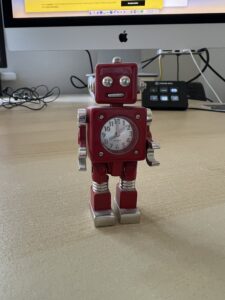Find The Right Use Cases For Your Robots
Among other achievements, Melonee Wise founded Fetch Robotics, and until recently, she was VP of robotics automation at Zebra Technologies. I spoke to her during my early research for the automation triangle, and one of her passing comments stuck. She described physical automation (robots) as “a task replacer, not a people replacer” — well, quite! Once you realise that, and accept that a general-purpose robot really doesn’t exist, you start to think more sensibly about the ways that robots can (and cannot) be introduced into specific workflows.
My latest report, Focus On The Use Case When Evaluating Physical Automation, does just that, and I’ll be providing more detail in a client webinar on 14 September.
 The report discusses six broad classes of tasks ripe for automation (assembling, painting, picking, delivering, tending, and inspecting). It also highlights pros and cons associated with eight forms of physical automation (industrial robots, co-bots, automated guided vehicles, autonomous mobile robots, robotic dogs, drones, exoskeletons, and humanoid robots). Despite all the depressing marketing froth about “autonomous” machines, the report also shows how little of this market is really autonomous yet — I will definitely be returning to that theme.
The report discusses six broad classes of tasks ripe for automation (assembling, painting, picking, delivering, tending, and inspecting). It also highlights pros and cons associated with eight forms of physical automation (industrial robots, co-bots, automated guided vehicles, autonomous mobile robots, robotic dogs, drones, exoskeletons, and humanoid robots). Despite all the depressing marketing froth about “autonomous” machines, the report also shows how little of this market is really autonomous yet — I will definitely be returning to that theme.
This report focuses on my smart manufacturing coverage area, but it’s part of a broader body of robotics research inside Forrester. J. P. Gownder’s early work on the robotics quotient still shapes how clients think about preparing for automation, and Craig Le Clair and Renee Taylor-Huot are producing a steady stream of great new content, including their most recent, The Future Of Physical Automation.
To learn more about how you can select the right use cases for robots, read my new report and book a spot for September’s webinar. As always, if you have your own perspectives to share, please schedule a briefing and tell us all about them. If you’re a Forrester client and want to discuss (or challenge) our thinking on this topic, please schedule an inquiry.
(photograph of a robot desk clock by Paul Miller)
